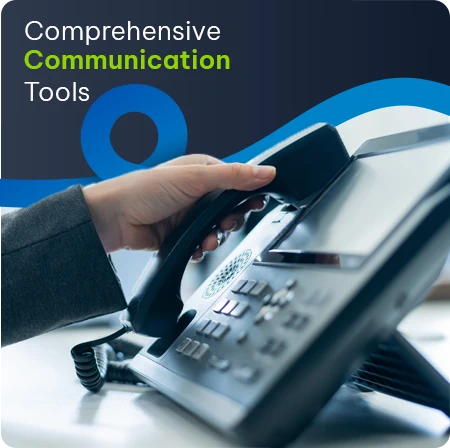Communication is a vital element for any business, and, regardless of its size, as a business grows, the cost and levels of complexity of the communication channels increase.
Historically, traditional telephone management systems (TMS) were used to report on expenses of a PBX. Businesses today require more from a service than just monitoring telephones on desks, especially in the face of unexpected bills, and the requirement to allocate expenses to various cost centres. Given that we are no longer only bound by a fixed line handset,, companies need to be able to monitor communication channels such as printers, mobile voice and mobile data.
Growing communication mediums, and the expansion of cloud based solutions will increasingly drive complexity in companies that haven’t considered TMS solutions in the past. Having to monitor a wider range of communication channels means businesses need to be able to centralise and host everything, and this demand will continue to drive migration to the cloud
Cloud-based TMS solutions present a significant opportunity for businesses, particularly smaller or mid-sized companies. It eliminates the need for large capital expenditure, as companies don’t need to purchase expensive on-site equipment, and makes previously enterprise only solutions, more affordable for smaller businesses.
When choosing a TMS solution, there are a number of things a business needs to consider.
Your TMS should ideally help manage communication costs, monitor staff productivity and not place additional administrative pressure on your operations function.
We believe that the right solution should address the following issues:
- Understanding staff productivity – know how long staff members spend on the phone, and which portion of calls are personal as opposed to work related
- Narrowing costs down in various layers being able to portion costs from various branches, departments or each individual user.
- Understanding when there is an influx of calls and how to service those incoming calls more efficiently – knowing how many calls are abandoned for example will allow you to decide if you need to increase or decrease staff
- Identify whether the bulk of your calls are mobile – knowing whether you have the right partner providing the best rate possible
- Need to understand how employees use their mobile devices- monitor data and voice usage.











